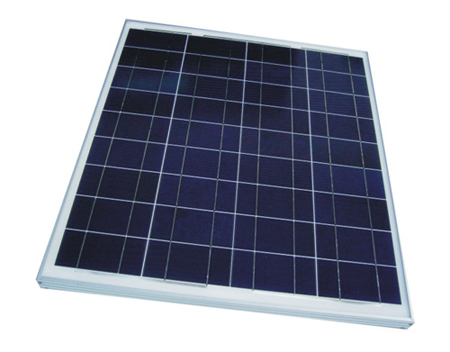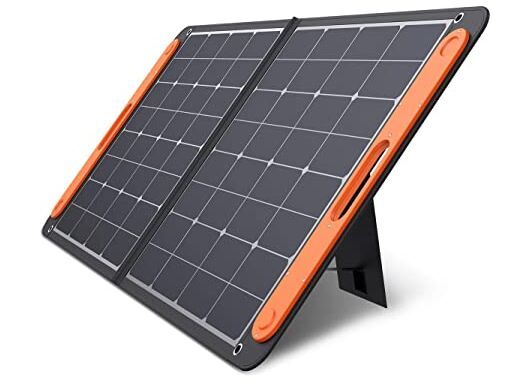Solar cell components have the characteristics of long service life and strong mechanical resistance to external forces. Solar irradiance: The radiant power that the sun radiates to a unit area, called solar irradiance. Let’s follow SCIENTEK ELECTRICAL to learn more about the maximum output power of solar panels.
The maximum output power of solar modules, regardless of equipment factors such as inverters, is solar irradiance and temperature. The solar irradiance limit is the solar constant. After reaching the surface of the earth, it is affected by the weather and other aspects. The highest value is about 1200W/m2. The power temperature system of the module is about -0.39%/℃. When the temperature of the module drops, the power of the module will increase.

Sunlight is a mixture of continuously changing light of different wavelengths, including the light of various wavelengths: infrared, red, orange, yellow, green, blue, indigo, violet, ultraviolet, etc., among which red, orange, yellow, green, indigo, blue, and purple are visible light, visible to the human eye.
The longer wavelength part is red light, the longer wavelength part is infrared light, the shorter wavelength part is purple light, and the longer wavelength part is ultraviolet light. Although the solar energy spectrum has a wide wavelength range, from several angstroms to several angstroms. Ten meters, but the distribution of radiant energy according to wavelength is not uniform.
Among them, the area with the largest radiant energy is in the visible light part, accounting for about 48%, the radiant energy in the ultraviolet spectral region accounts for about 8%, and the radiant energy in the infrared spectral region accounts for about 44%. Solar cells can only absorb the energy of visible light. Converted into electric energy, energy conversion is not possible in the ultraviolet spectral region, and the infrared spectral region can only be converted into heat.
Solar irradiance: In a period of time, the radiant energy per unit area radiated by the sun is called radiant energy. Factors affecting radiance are:

1. Solar altitude or latitude: the greater the solar altitude, the shorter the path through the atmosphere, the less the atmosphere weakens the solar radiation, the stronger the solar radiation reaching the ground; the greater the solar altitude, the equivalent of the sun The smaller the area of radiation spread, the stronger the solar radiation. For example, the solar radiation intensity at noon is stronger than that in the morning and evening.
2. Altitude: The higher the altitude, the thinner the air, and the smaller the weakening effect of the atmosphere on solar radiation, the stronger the solar radiation reaching the ground. For example, the Qinghai-Tibet Plateau is the region with the strongest solar radiation in China.
3. Weather conditions: There are few clouds on a sunny day, the weakening effect on solar radiation is small, and the solar radiation reaching the ground is strong. For example, due to cloudy, foggy, and rainy weather in the Sichuan Basin, solar radiation has weakened, and solar radiation has become the lowest value area in my country.
4. Atmospheric transparency: high atmospheric transparency has a little weakening effect on solar radiation, making the solar radiation reaching the ground strongly.
5. The length of daylight hours.
6. The degree of air pollution: if the pollution is heavy, the solar radiation will weaken and the solar radiation will reach the groundless.